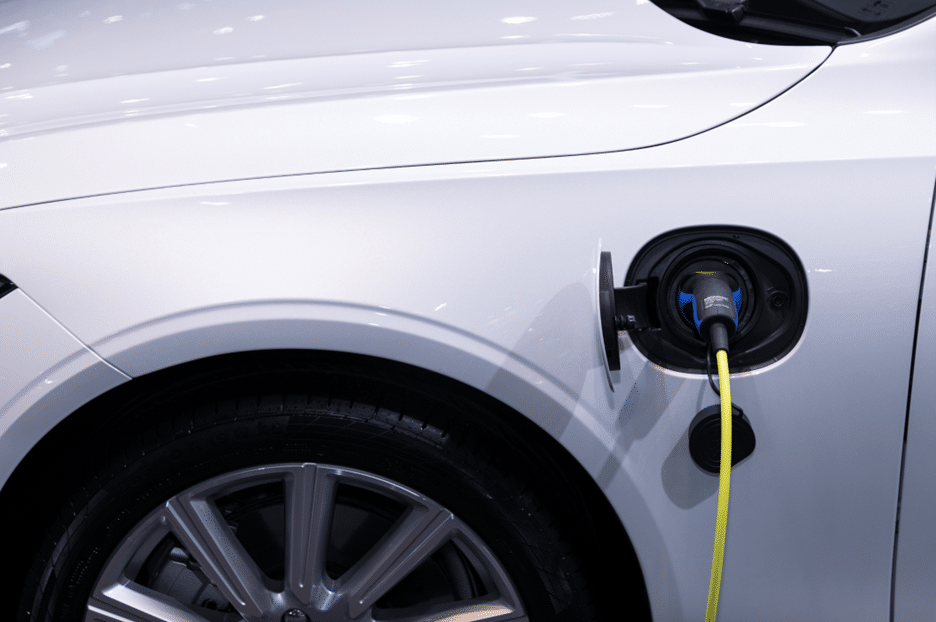Three Predictions for the Future of the Electric Vehicle (EV) Market
April 21, 2023
 The electric vehicle (EV) market is showing no signs of slowing down. A report by Beyond Market Insights shares that the market value for EVs is expected to reach $1 billion by 2030. Primarily, the development of EVs was in response to traditional transport’s environmental concerns. In 2022, the US Environmental Protection Agency stated that greenhouse gas emissions (GHG) from transportation accounted for 27% of the country’s total GHG emissions. Climate change’s impact on the environment produces GHG increases with risk of rising sea levels, severe droughts, and wildfires. But fortunately, a more sustainable means of transport – seen in fuel-efficient and low-emission EVs – may help mitigate these threats.
The electric vehicle (EV) market is showing no signs of slowing down. A report by Beyond Market Insights shares that the market value for EVs is expected to reach $1 billion by 2030. Primarily, the development of EVs was in response to traditional transport’s environmental concerns. In 2022, the US Environmental Protection Agency stated that greenhouse gas emissions (GHG) from transportation accounted for 27% of the country’s total GHG emissions. Climate change’s impact on the environment produces GHG increases with risk of rising sea levels, severe droughts, and wildfires. But fortunately, a more sustainable means of transport – seen in fuel-efficient and low-emission EVs – may help mitigate these threats.
Below, this article will expound on the key predictions that will shape the future of EVs.
1. Advances in Battery Technology
One of the biggest challenges facing the electric vehicle market is battery technology. Electric vehicles often have a limited driving range and require frequent charging. However, in 2023, we can expect to see significant advances in battery technology, which will help overcome these limitations. Manufacturers and scientists alike are working to develop batteries that offer longer ranges, faster charging times, and improved overall performance. For example, The University of Texas has explored cobalt-free batteries, which overcome resource scarcity issues. Researchers in Finland have developed silicon anode batteries and IBM is working with Mercedes-Benz to develop batteries with materials extracted from seawater. As a result, we can expect to see electric vehicles becoming more practical for everyday use and more accessible to a wider range of consumers.
- More investments in lithium sourcing
Lithium is one of the critical components in manufacturing EV batteries. According to a World Economic Forum report on EV production, lithium suppliers faced challenges in 2022 due to geographically concentrated resources. There are prominent investment activities that aim to enhance the process of lithium sourcing. A CNBC feature on an automotive manufacturer reported that in January, the company announced its plans to invest $650 million in Lithium Americas. With this move, the automaker can provide Lithium America with the necessary capital it needs to fully develop the Thacker Pass Site; a lithium mine located in Nevada. According to General Motors, once the lithium has been gathered and processed, it can enable the company to create as many as one million EVs per year.
- Emergence of New Electric Vehicle Models
We can also expect to see a wide range of new electric vehicle models hitting the market. As the demand for electric vehicles grows, manufacturers are investing more in research and development, resulting in a greater variety of electric vehicles available. These offerings will include models across all categories, such as sedans, SUVs, and trucks; even a growing number of luxury electric vehicles as consumers become more willing to pay a premium for these options.
2023 promises to be an exciting year for growth of the electric vehicle market. With advances in battery technology, more advancements for lithium sourcing, and the emergence of new electric vehicle models, these trends are a positive sign for the industry, as they indicate that the demand for battery-powered transportation is on the rise, and manufacturers are investing in the technology needed to meet this demand.
Written by: Jenelle Bryan
